Chengdu Travel Guide
Chengdu Travel Guide
Chengdu is the capital of Sichuan Province in southwestern China, famous for being the home of the adorable giant pandas. Located in the western part of the Sichuan Basin and the central part of the Chengdu Plain, the city has a total area of 12,300 square kilometers (4,749 square miles) and a population of over 21 million.
Thanks to the Dujiangyan water conservancy project built in 256 BC, Sichuan Province is known as the Land of Heavenly Capital, meaning a place rich in natural resources. Chengdu, the capital of the province, is rich in natural resources. Two tributaries of the Yangtze River, the Min River and the Tuo River, are connected to 40 other rivers, irrigating an area of more than 700 square kilometers (270.27 square miles), and generating 150 to 180 million kilowatts of hydroelectric power. The land is extremely fertile and rich in mineral resources.
Tourist Attraction

Panda base
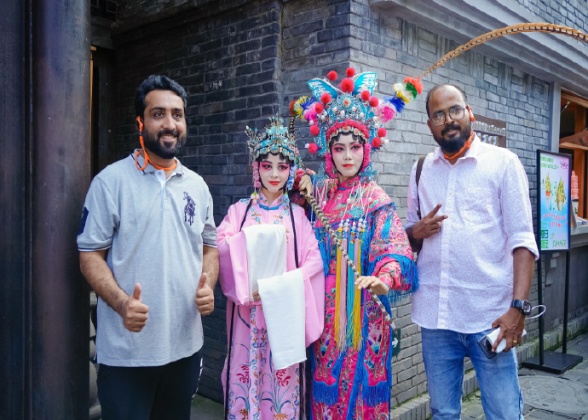
Wide Narrow Alley
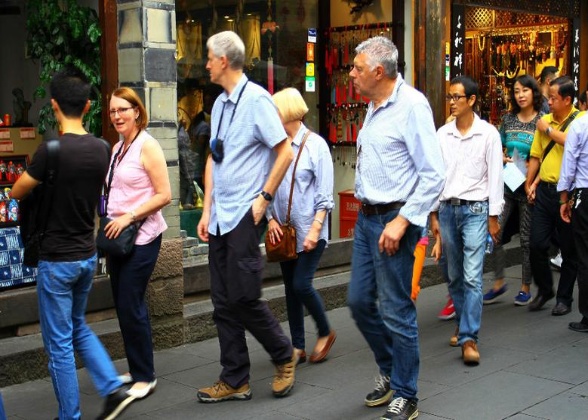
Jinli Street
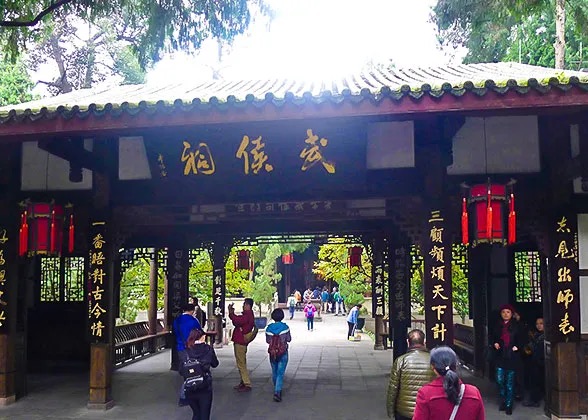
The Wuhou Ancestral Hall
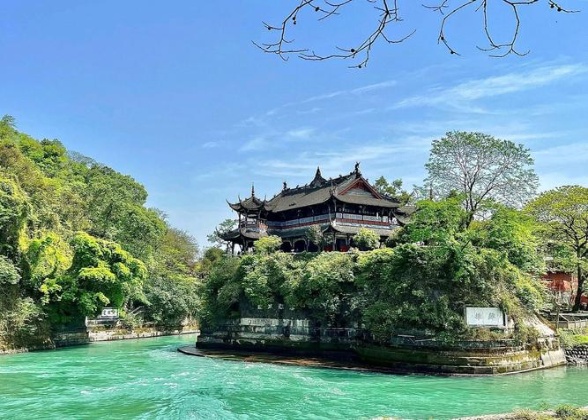
Dujiangyan , a famous water engineering project and World Heritage Site
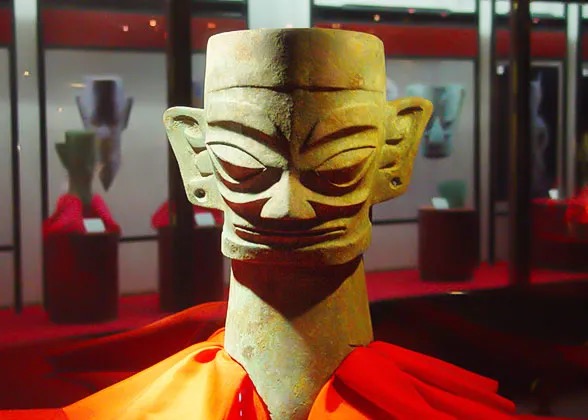
Samsungdui (Three-star pile)

Travel Planning
Generally speaking, most tourists schedule their Chengdu itinerary with a budding appointment at the Giant Panda Breeding and Research Base, as well as leaving time to stroll through Dufu Cao Tang and Wuhou Ancestral Temple to feel the historical heritage. In your spare time, you may want to experience Gai Bowl Tea and Ear Picking in People’s Park, and at night, go to Jiouyanqiao or the surrounding area of 339 to experience the vibrant nightlife, so that leisure and excitement can be perfectly blended in the journey. The duration of the tour is usually 3-5 days. If you have plenty of time, head to the neighboring Dujiangyan and Mount Qingcheng to experience the wonders of nature and humanity, or to Leshan and Mount Emei to enjoy the charm of the Buddhist country of mountains and waters, and of course, Jiuzhaigou is not to be missed. With its colorful seas and majestic waterfalls, Jiuzhaigou will make you feel the fireworks of Chengdu and the surrounding humanities and nature, and then revel in the stunning scenery of the “fairy tale world”. 365 China Travel can give you more suggestions!>>>apply now
Transportation
Chengdu, as a transportation hub in the hinterland of Southwest China and a major access city to Tibet, with air and rail access to the whole country, is very conveniently located, and the city’s transportation facilities, such as buses and subways, are constantly being developed, providing great convenience for both citizens and tourists.
Entertainment
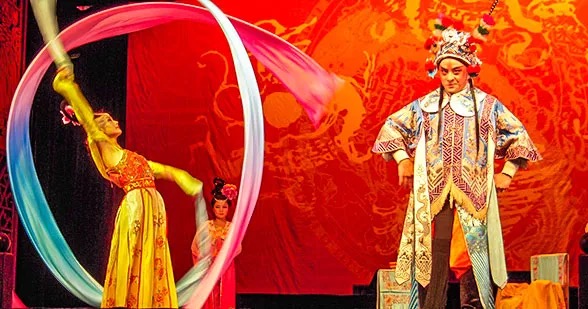
Traveling or living in Chengdu is a lot of fun. In addition to its amazing sights and sounds, the city offers many fascinating activities for tourists and expats alike. Sampling the famous Sichuan cuisine is an experience not to be missed. Spicy dishes and a wide range of delicious snacks are sure to whet your appetite. You can go shopping on Chunxi Road, spend a relaxing afternoon at a teahouse, and in the evening watch a Sichuan Opera performance – the perfect day to get to know this charming city better.
Meals
Nightlife
History
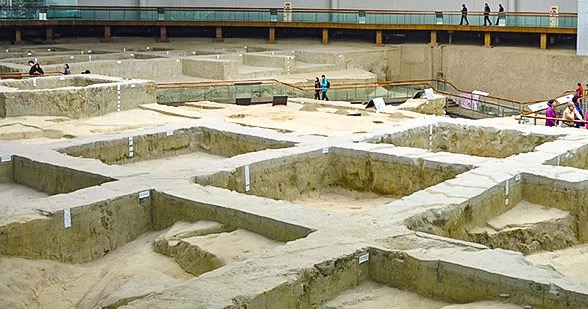
The history of the city can be traced back 2,400 when the first emperor built his capital here and named the city. Through thousands of years its original name has been kept and its position as the capital and as the significant center of politics, commerce and military of the Sichuan area (once called Shu) has remained unchanged. Since the Han (206B.C.-220) and Tang (618-907) Dynasties when its handicraft industry flourished, the place has been famous for its brocades and embroideries. Shu embroideries still enjoy a high reputation for their bright colors and delicate designs, ranking among the four main embroideries in China. The city was also the place where the bronze culture, an indispensable part of ancient Chinese culture, originated; the place where the Southern Silk Road started; and the place where the earliest paper currency, Jiaozi (not the dumpling!), was first printed. It is listed among the first 24 state-approved historical and cultural cities and owns 23 state and provincial cultural relic units.
Start planning your customized tour with one-on-one help from one of our travel consultants.
Why Choose 365 China Travel
★Customize your tour
Travel Advisor with roots in China
Immediate response, no waiting!
Direct Connections, Supreme Values
★Maximize your flexibility
- Your own private guide and journey
Explore at your own pace
- Unparalleled flexibility, not possible with group tours
★Ensuring Your Satisfaction
Top 20% of nationally ranked tour guides at your service
24/7 emergency support
Cultural In-depth Experience Service

